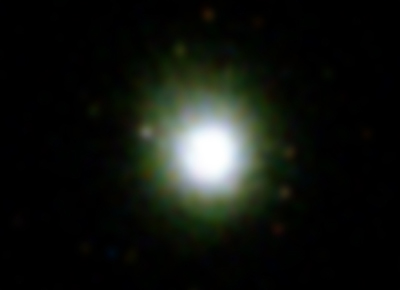Calcium rich Universe
Tuesday 6 February 2007

The universe contains one and a half times more calcium than previously assumed. This conclusion was drawn by astronomers of the SRON Netherlands Institute for Space Research, after observations with ESA’s XMM-Newton X-ray observatory.
This research offers scientists new insights in the formation history of the elemental building blocks of the cosmos in which supernovae play a crucial role.
Using XMM-Newton, the astronomers determined the abundances of oxygen, neon, silicon, sulphur, argon, calcium, iron and nickel in 22 clusters of galaxies. In total they saw the ’pollution’ produced by about 100 thousand million supernovae. When they compared the measured amounts of elements in the clusters with theoretical models of supernovae, the calcium abundance measured thanks to XMM-Newton appeared to be one and a half times higher than theoreticians previously assumed.
The results will be valuable for the scientists who make SNIa models. In measuring the remains of 100 thousand million supernovae at once, they can get more accurate averages than before. This will help the supernova community to learn how white dwarfs die.
See online : http://www.esa.int/esaSC/SEMMMC4ENX...

